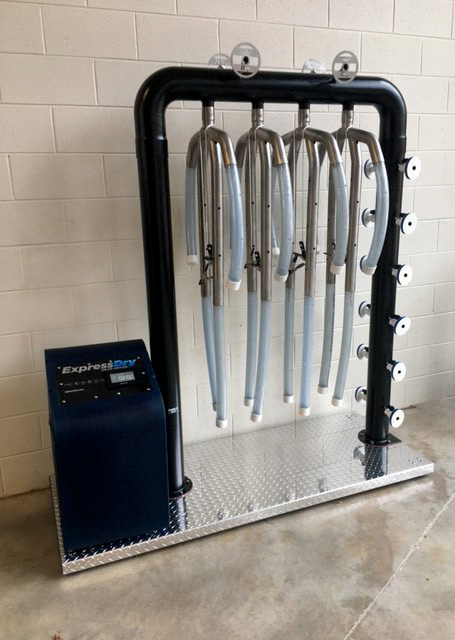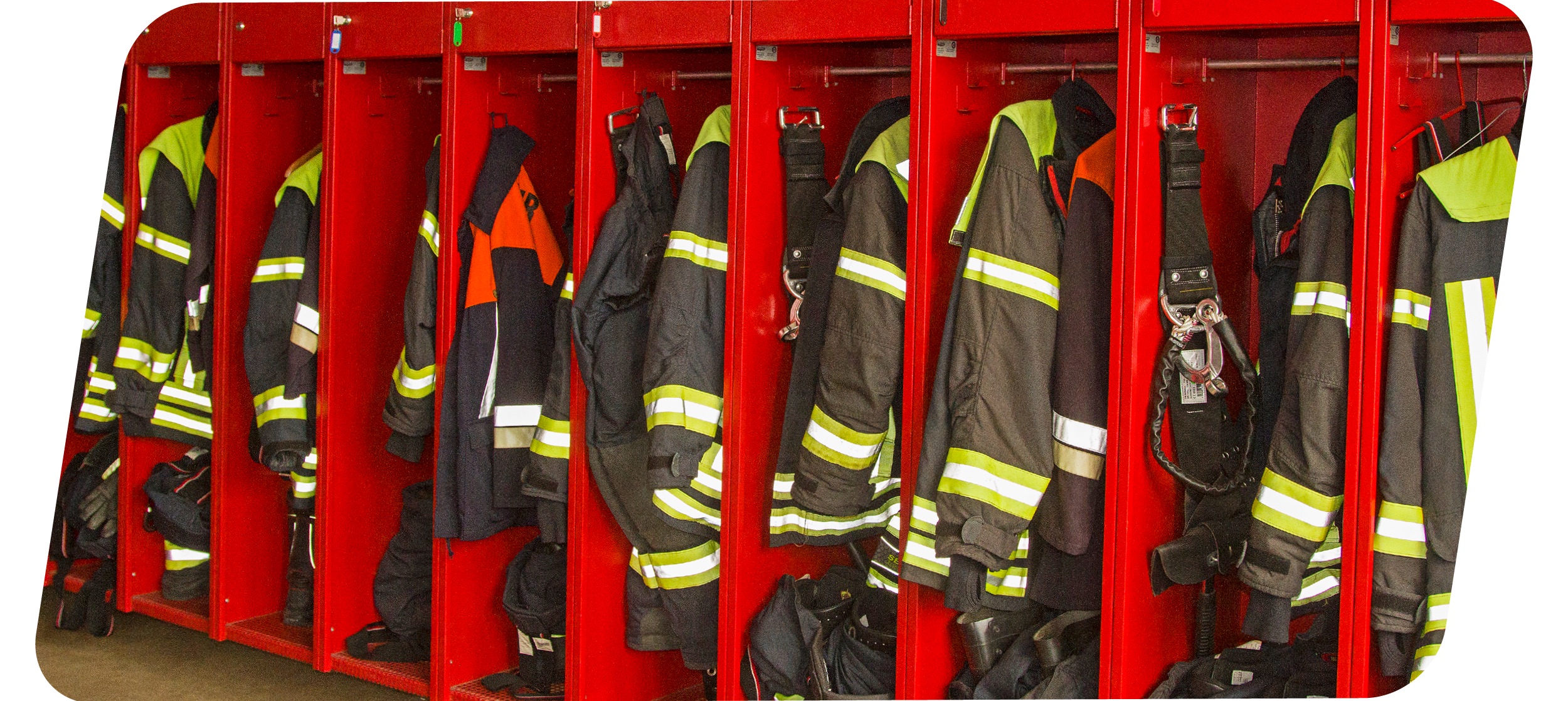Cancer is a leading cause of death among firefighters and dirty gear is a known contributor — exposing wearers, and those they serve, to carcinogenic chemicals, particulates, toxins and biohazards. That’s why Carrollton Fire Department (Carrollton), in Carrollton, GA., takes dirty gear decontamination seriously.
Over the past 3 years, the four-station department has installed Continental ExpressWash® Gear Washers and ExpressDry® Gear Dryers programmed to adhere to National Fire Protection Association (NFPA) 1851 gear cleaning guidelines. All but one station received Assistance to Firefighter Grant (AFG) dollars to fund the new equipment, according to Captain Brian Shadrix, training and safety officer.
“Keeping protective clothing clean is the most important thing firefighters can do to keep themselves healthy and safe,” he said. “I joined the department 25 years ago when we cleaned gear with a water hose, soap and a scrub brush.” Later on, the department graduated to using residential top-load washers, but those did more harm than good, according to Shadrix, sometimes damaging gear costing $1,800 a piece. In 2018, Carrollton installed its first commercial-grade Continental ExpressWash® Gear Washer and ExpressDry® Gear Dryer. The equipment is located in the main station truck bay.
Washer Programmability Essential in Gear Decontamination
The 55-pound capacity washer is precisely programmed according to NFPA guidelines to properly decontaminate bunker gear shells and liners using appropriate water temperatures and levels, extract speeds, baths, rotation action and cycle times. Using different programs, the fire department can wash a variety of items — turnout suit shells and liners, truck towels, EMS jump suits and more.
Carrollton firefighters, who are responsible for cleaning their own gear, wash shells and liners separately using different washer programs. They load the washer, enter a program number, add detergent and press start. Because ExpressWash® Gear Washers come standard with an automatic chemical injection feature, the department can choose to automatically inject detergents at any time, rather than adding them manually.


No-Tumble Gear Dryer Returns Bunker Gear to Service Sooner
The process is quick and simple, according to Shadrix. After 40 minutes for shells and 34 minutes for liners, gear is removed from the washer and placed on the ExpressDry® Gear Dryer. Carrollton’s dryer holds four turnout suits simultaneously and works by blowing a large volume of high-pressure air safely through the garment, drying even hard-to-reach areas. NFPA compliant, the dryer is engineered to safely and quickly dry personal protective equipment, including turnout gear, helmets, gloves, boots, face masks and self-contained breathing apparatuses (SCBAs).
In days of old, gear at Carrollton was air dried and out of service for up to 3 days. Now, however, it’s dried and returned to service in a few hours. That’s essential since each firefighter is issued just one set.
Happy with the equipment’s dependability and results, the remaining three stations received their own ExpressWash® Gear Washers and ExpressDry® Gear Dryers in quick succession. Two sets are installed in truck bays and one is installed on a second-floor mezzanine. Shadrix learned that soft-mount model washers can be used for locations with sub-par foundations, like Carrollton’s upper mezzanine, whereas hard-mount models cannot. Thus he chose a soft-mount washer for the mezzanine and hard-mount models for the truck bays.
Relying on Equipment Distributor Expertise
On each installation, Shadrix worked closely with Jim Oman of Wholesale Commercial Laundry S.E., headquartered in Southside, Ala. Oman, who offices 30 minutes away from Carrollton, guided Shadrix in the selection and installation of the equipment. He also helped with the AFG grant application process, which ultimately funded the equipment purchase.
“The technicians who installed the equipment took time to give a short class on the operation of the gear washers, which included a breakdown of which cycle we should use to prolong the life of gear and provide maximum cleaning,” said Shadrix. “Our goal is to keep each firefighter healthy and safe.”
As such, processes have changed in the 25 years since Shadrix joined the department. Today following a fire, HAZMAT or EMS call, Carrollton firefighters use a fire hose to perform an onsite spray-down of gear before heading back to the station. Once there, they finish the job using their gear washers and dryers according to NFPA 1851 guidelines.

